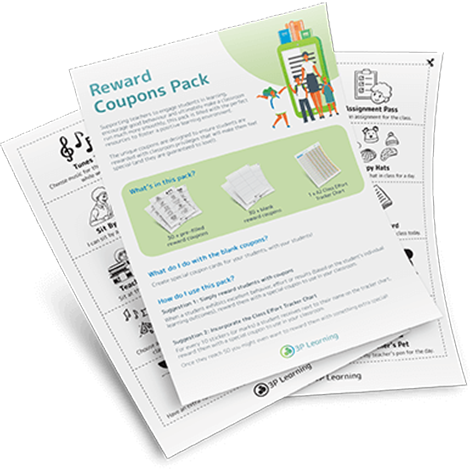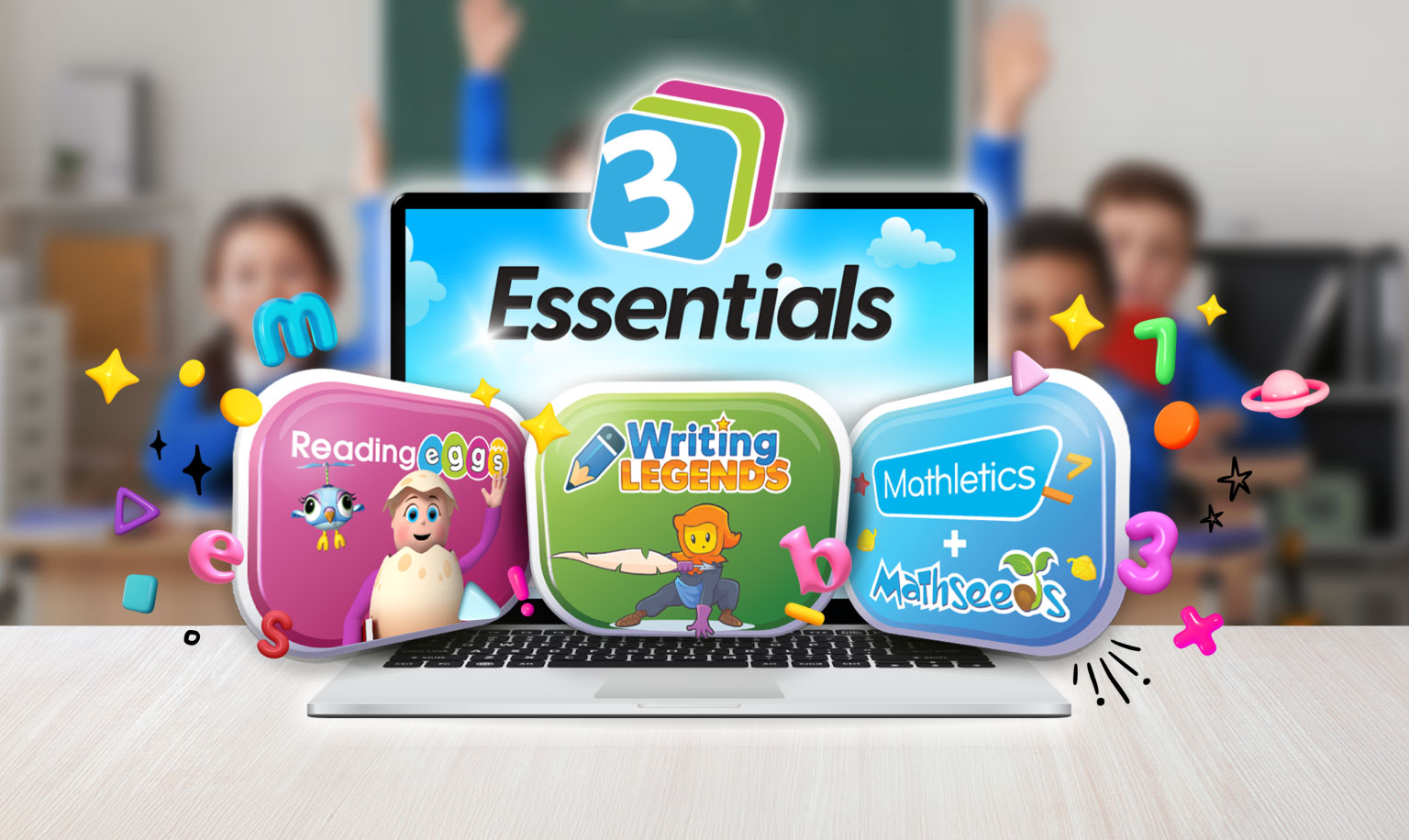
You might have assumed that classroom management is important purely because it keeps students in line.
But after you’ve been teaching for more than a few months, you begin to realize it has an importance beyond discipline and crowd control. Instead, it has a pivotal role in shaping the learning that happens in your class in the long term.
Let’s delve into the 5 hidden reasons why classroom management is so important for every teacher.
Even low-level behavioral issues can compromise learning
Classroom management isn’t just reserved for the catastrophic outbursts that derail an entire class.
It’s an equally important skill for dealing with small stuff.
The off-topic chatter, the murmurs during instruction, and the student who thinks they’re getting away with a discrete gaming session on their laptop.
Because while these low-level issues might not pose a threat to overall order, they almost certainly take away from learning. And learning is the number one thing that classroom management is designed to preserve.
Activities don’t run themselves
Classrooms are beginning to embrace student-centred learning strategies; activities that let students learn independently in hands-on, innovative ways.
But these activities don’t just happen without careful classroom management. In fact, the more elaborate they are, the more they require strategies like:
- giving clear and concise instructions
- scaffolding tasks with regular checks for understanding
- constant monitoring while students work independently
- appropriately pacing learning activities
- intervening when signs of confusion or misunderstanding are noticed.
Without these strategies, even the most carefully planned activity – carried out by the most well-behaved class – can quickly become a confusing mess. And that’s when behavioral problems will start to surface.
Classroom management creates a safe and healthy class culture
The goal of classroom management isn’t just to run a successful lesson – it’s to create a safe and healthy learning environment.
This means that most classroom management strategies have very little to do with behaviour. Instead, they’re actions designed to make students feel comfortable and respected. It can be as simple as:
- greeting students at the door
- using names
- lightening the mood with humour
- opening up and sharing (appropriate) personal anecdotes.
If you do these things regularly, you won’t have to deal with challenging behaviour half as often. Students will come to see your class as a positive space where they can get comfortable, and feel safe learning.
Classroom management strategies prepare you for when things don’t go to plan
Sometimes your best laid lesson plans will go out the window. All it takes is one technical mishap, or the realisation that an activity simply isn’t working, and things come to a grinding halt.
Moments like these are a critical juncture. Either you quickly adapt to the situation, or your students’ attention disappears.
Classroom management skills allow you to get things back on track by:
- Using a two-minute activity (such as a think pair share) to keep students engaged as you fix a problem.
- Clarifying instructions to minimize confusion
- Changing up an activity to accommodate unforeseen conditions (like uneven numbers)
- Changing group arrangements or seating plans to ensure students work together productively
Remember Murphy’s Law: if something can go wrong, it probably will. So hone your classroom management strategies to stay prepared!
Effective classroom managers are less likely to burn out
Classroom management also means self-preservation.
Teaching takes up a lot of energy. And if you’re investing all yours into fighting a losing battle each time you enter the classroom – you won’t last long.
But if you can manage your classroom smoothly and painlessly, teaching becomes a sustainable practice. Instead of collapsing in a heap once you get home, you’ve got the energy you need to tackle your marking and plan tomorrow’s lesson.
Switching off at the end of the day is also easier when you’re not exhausted or dreading another difficult class. You’ll be able to take some time to yourself and truly enjoy it. And that’s the biggest secret to making teaching sustainable.
Looking for more help with classroom management?
Check out our list of 40 classroom management strategies or download one of our free classroom management support resources via the link below.







